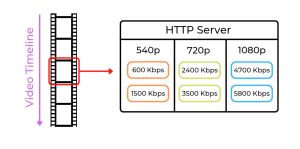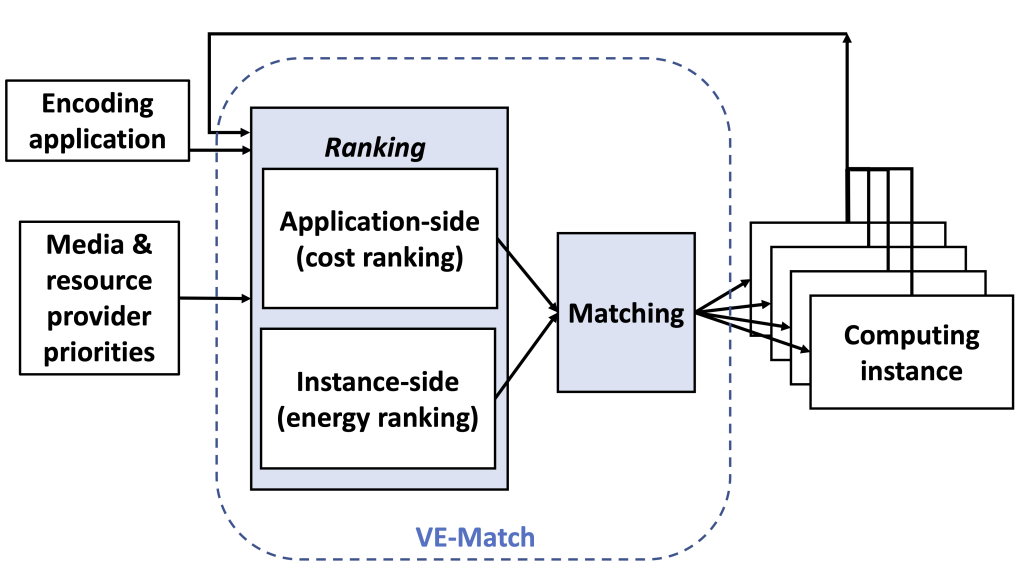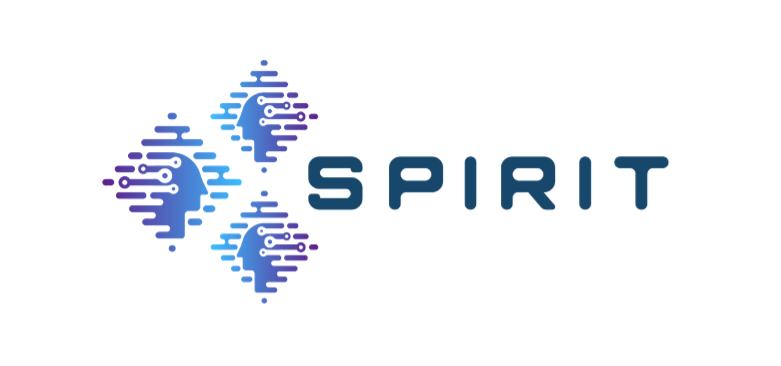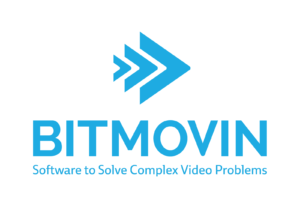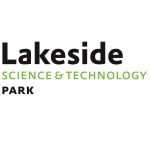The 15th International Conference on Quality of Multimedia Experience (QoMEX)
June 20-22, 2023 – Ghent, Belgium
https://qomex2023.itec.aau.at/
[PDF][Slides]
Minh Nguyen (Alpen-Adria-Universität Klagenfurt), Shivi Vats (Alpen-Adria-Universität Klagenfurt), Sam Van Damme (Ghent University – imec), Jeroen van der Hooft (Ghent University – imec), Maria Torres Vega (Ghent University – imec), Tim Wauters (Ghent University – imec), Christian Timmerer (Alpen-Adria-Universität Klagenfurt), Hermann Hellwagner (Alpen-Adria-Universität Klagenfurt)
Abstract: Point Cloud (PC) streaming has recently attracted research attention as it has the potential to provide six degrees of freedom (6DoF), which is essential for truly immersive media. PCs require high-bandwidth connections, and adaptive streaming is a promising solution to cope with fluctuating bandwidth conditions. Thus, understanding the impact of different factors in adaptive streaming on the Quality of Experience (QoE) becomes fundamental. Mixed Reality (MR) is a novel technology and has recently become popular. However, quality evaluations of PCs in MR environments are still limited to static images. In this paper, we perform a subjective study on four impact factors on the QoE of PC video sequences in MR conditions, including quality switches, viewing distance, and content characteristics. The experimental results show that these factors significantly impact QoE. The QoE decreases if the sequence switches to lower quality and/or is viewed at a shorter distance, and vice versa. Additionally, the end user might not distinguish the quality differences between two quality levels at a specific viewing distance. Regarding content characteristics, objects with lower contrast seem to provide better quality scores.
Index Terms—Point Clouds, Quality of Experience, Subjective Tests, Mixed Reality

